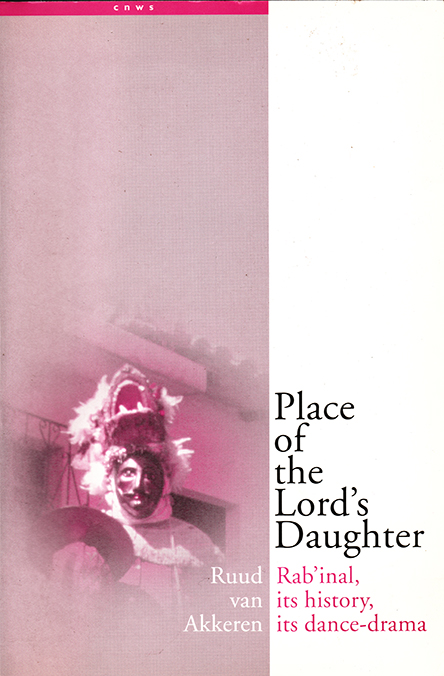Place of the Lord’s Daughter is a voluminous piece of work (555 pages) containing actually two books: one about the history of the Highlands, the other, an exegesis of the dance-drama Rabinal Achi. The sixteenth century text of the dance-drama is in part about a political conflict between the K’iche’ and Rabinal confederation. To be even more specific, between their two ruling lineages: Kaweq and Toj. So I needed to know more about Rabinal’s ethnohistory. But when embarking upon this quest, I found there was hardly anything written. Verapaz was a forgotten area. Hence I reconstructed its past myself, using the lineage history as a method.
A comparative study of all extant indigenous documents yielded an entire new historical panorama: Rabinal proved to be the center of power in the Early Postclassic when the K’iche’ confederation had only just been founded. Today, some twenty years of investigations later, I understand why this isn’t really a surprise. The capital of this Early Postclassic power in the Valley of Rabinal, was called Nim Poq’om or Great Poq’om, and these Poq’om were actually lineages of very old noble blood, with an origin in the largest city of the Highlands, Kaminal Juyu. When during the twelfth century the K’iche’ succeeded in bringing down the Poq’om hegemony, many of its aristocratic lineages passed to the new power, in the process becoming the Tamub and Ilokab branches of the K’iche’ confederation. Interestingly, among them was also the Kaweq lineage, the posterior rulers in the capital Q’umarkaaj. So in filling in this void, and using another methodology, I pretty much wrote a new overall history of the Highlands, which is the first half of Place of the Lord’s Daughter.
As said, the second part is about the Rabinal Achi. Today the dance-drama is presented each year, but in pre-Hispanic times it was reigned by the rhythm of the Calendar Round, a cycle of 52 years. This cycle was divided into four periods of thirteen years, and at each change of a period a so-called Shield Festival was held, in which dance-dramas like the Rabinal Achi were performed. The conclusive festival at the end of 52 years was called Nima Pokob or Great Shield Festival. These period-ending moments were conceived of as the beginning of time, the moment of creation. That’s what the Rabinal Achi mostly is, a Dance of Creation. Underlying the dance-drama text is a blueprint of a very old and well-known Maya myth, featuring the Sun Hero changing himself into a hummingbird to court the Moon goddess, daughter of the old Earth God, Lord Mountain-Valley. It is this myth which gave its name to Rabinal: rabin, ‘lord’s daughter’ and a locative al, Place of the Lord’s Daughter. In the end Sun Hero and Moon daughter rise into the sky to initiate the new era.
“In the field of Mayan ethnohistory, and specifically highland Mayan historical studies, I would rank Van Akkeren’s thesis at the very top. His domination of the historical sources, the relevant languages, the archaeological information, and the geography of the region is most impressive. I had thought that there would not emerge a modern scholar who could again approach the study of highland Mayan history with the breadth of knowledge and experience of past scholars in the field.”
Robert Carmack 2000
Pioneer of Highland Maya history and author of The Quiché Mayas of Utatlan

